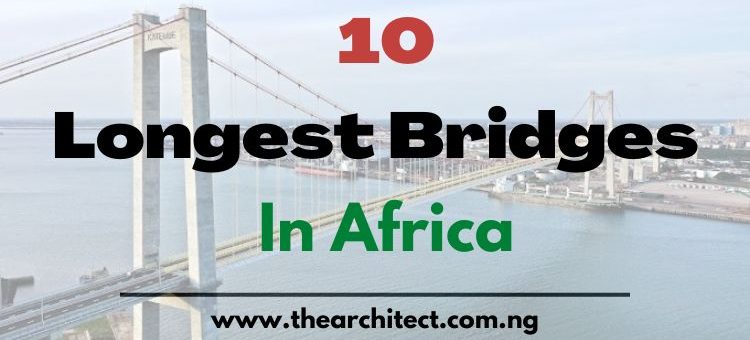
The Top 10 longest bridges in Africa (Updated 2025)
- Posted by Ikenna N.
- On July 11, 2025
- 0 Comments
- Africa, Construction
Do you know the longest bridges in Africa stand as a testament to human innovation and determination? These awe-inspiring engineering marvels not only defy geographical obstacles but also serve as vital arteries. They connect regions, fostering economic growth, and enriching the lives of countless individuals.
Stretching across rivers, lagoons, and even cultural divides, these bridges symbolize more than mere physical structures; they embody the spirit of connectivity that transcends borders and unites communities. From the bustling cities of Cairo and Lagos to the serene landscapes of Senegal and Mozambique, each of these bridges tells a unique story. Stories of progress, resilience, and the shared pursuit of development.
As we embark on a journey to explore these monumental feats, we delve into the intricate balance between architectural ingenuity and the pressing need for efficient transportation networks. Join us in uncovering the significance of these extraordinary structures that not only span the distances between points on the map but also bridge the aspirations of the diverse African people.
Africa, a continent known for its diverse landscapes and cultures, is also home to some remarkable engineering feats in the form of long bridges. These structures not only facilitate transportation and trade but also stand as iconic symbols of human innovation and connectivity. In this article, TheArchitect explores the top 10 longest bridges in Africa, highlighting their significance and impact on regional development.
Table of Contents
The Top 10 longest bridges in Africa
Africa is home to some impressive engineering feats, particularly in the realm of bridge construction. In this article, we will explore the top 10 longest bridges in Africa, showcasing the remarkable achievements of infrastructure development on the continent.
The 6th October Bridge – Cairo, Egypt
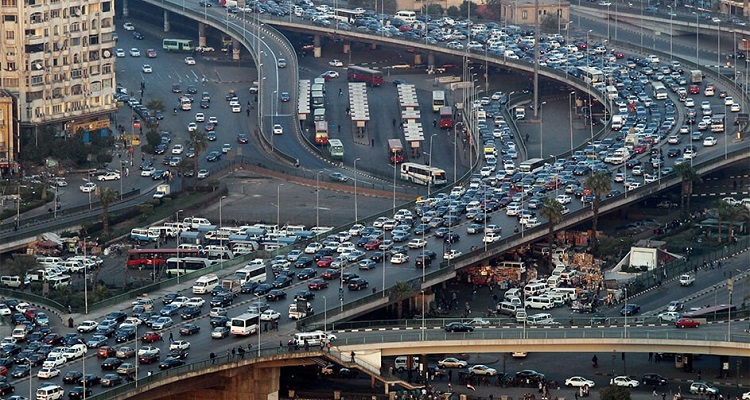
The 6th October Bridge in Cairo, Egypt, takes the top spot with a total length of 20.5 kilometers. This bridge not only connects the east and west banks of the Nile River but also serves as a vital transportation artery for the bustling city of Cairo. Its name commemorates the date of ‘The Crossing’, which commenced the outbreak day of the Yom Kippur War in 1973.
The Third Mainland Bridge – Lagos, Nigeria
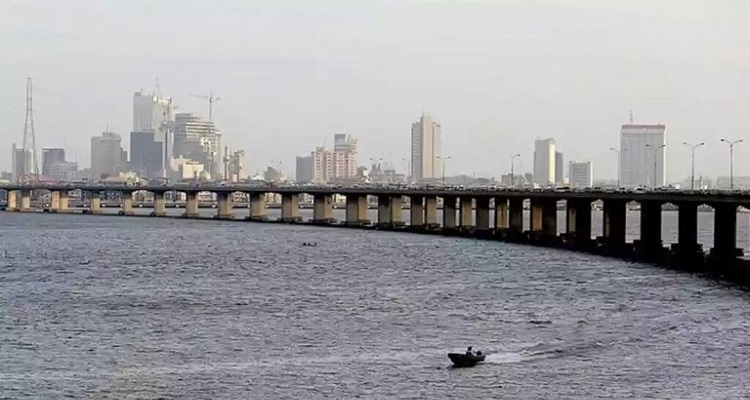
The Third Mainland Bridge in Lagos, Nigeria, comes in second place, stretching over 11.8 kilometers. This bridge plays a crucial role in linking the mainland and island areas of Lagos. It also facilitates economic activities in Nigeria’s largest city.
The Suez Canal Bridge – Egypt
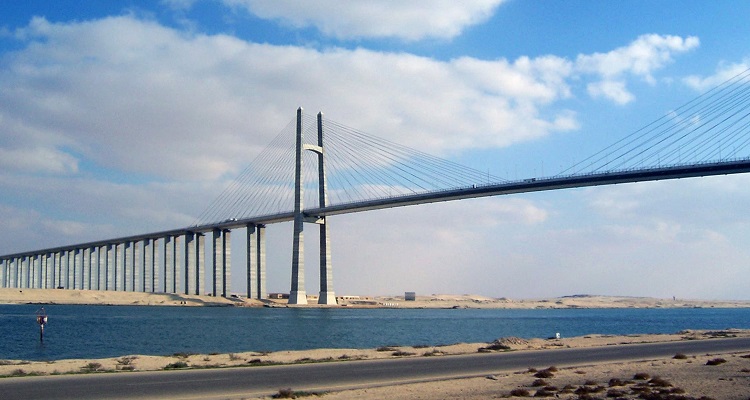
Also known as the Mubarak Peace Bridge, the Suez Canal Bridge in Egypt comes in at 3.9 kilometers in length. As a vital transportation link, this bridge facilitates the movement of goods and people across the Suez Canal, a key maritime route connecting the Mediterranean Sea to the Red Sea.
The Island Bridge – Lumbo, Mozambique
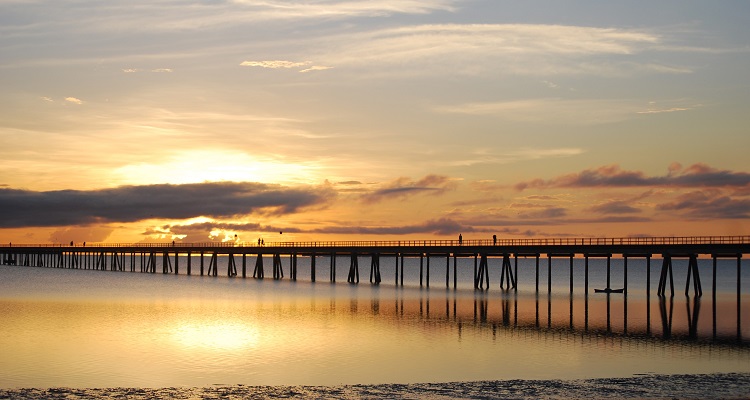
The Mozambique Island Bridge in Mozambique ranks third, spanning 3.8 kilometers from the Island of Mozambique, the former capital of colonial Portuguese East Africa to the mainland over the Indian Ocean. This Mozambique Island Bridge is a one-way, one-lane concrete bridge.
Dona Ana Bridge – Mozambique
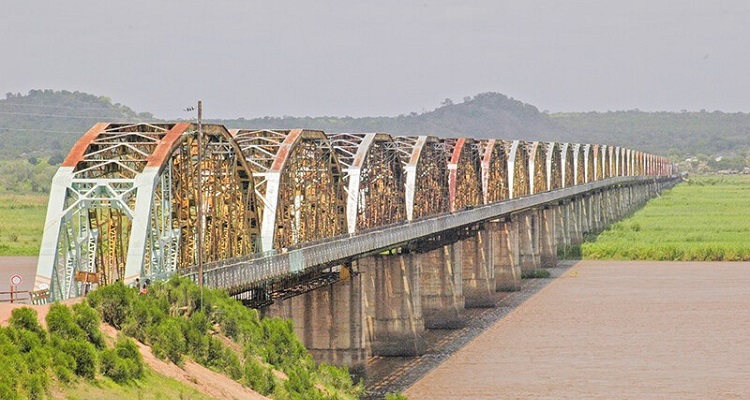
The Dona Ana Bridge spans the lower Zambezi River between the towns of Vila de Sena and Mutarara in Mozambique, effectively linking the two halves of the country. It was originally constructed as a railway bridge to link Malawi and the Moatize coal fields to the port of Beira. It consists of 40 length spans, with a total length of 3.67 kilometers.
Maputo-Katembe Bridge – Maputo, Mozambique
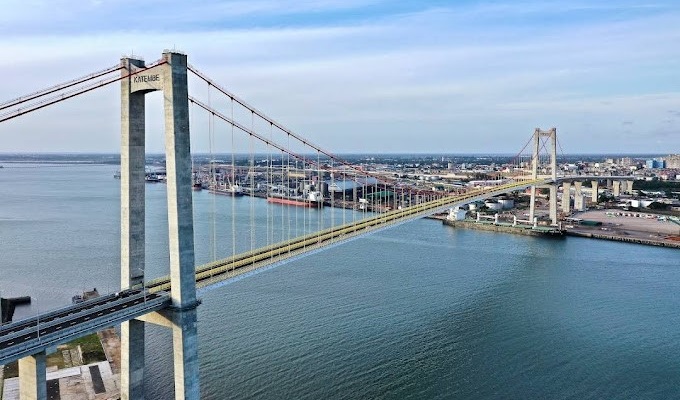
Maputo-Catembe Bridge in Mozambique follows closely behind, measuring 3.7 kilometers in length. This bridge significantly reduces travel time between the capital city of Maputo and the southern region of the country. It is a suspension bridge across Maputo Bay in southern Mozambique. The bridge connects the Mozambican capital Maputo, on the northern bank, with its disjunct suburb of Katembe on the southern bank. Construction work began in 2014 and the bridge officially opened on 10 November 2018.
Senegambia Bridge – Gambia
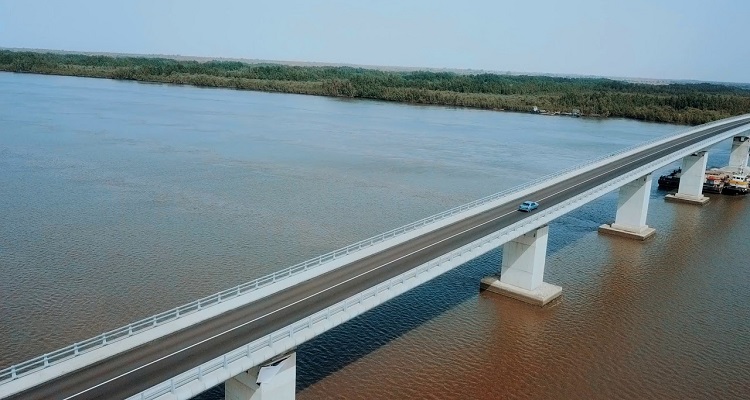
The Senegambia Bridge, linking Senegal and The Gambia, stretches over 1.9 kilometers. This bridge enhances regional connectivity and promotes economic integration between the two neighboring countries. It is one of West Africa’s longest bridges and includes a 100-meter-wide (110 yd) central span. This helps to facilitate the continued use of the river by boats. The Senegambia Bridge forms part of the Trans-Gambia Highway and the Trans–West African Coastal Highway.
Wouri Bridge – Cameroun
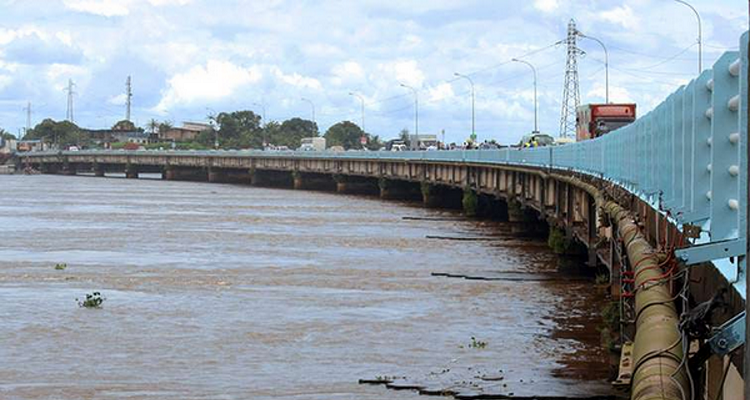
The Wouri Bridge in Cameroon stretches over 1 kilometer, connecting the cities of Douala and Bonabéri. This bridge is a vital transportation link, facilitating trade and commerce in the economic hub of Cameroon. The Wouri Bridge, 5,900 feet (1,800 meters) long, joins Douala to the port of Bonabéri and carries both road and rail traffic to western Cameroon. The city is connected by road to all major towns in Cameroon. It also has rail links to Kumba, Nkongsamba, Yaoundé, and Ngaoundéré.
The Niger Bridge – Onitsha, Nigeria
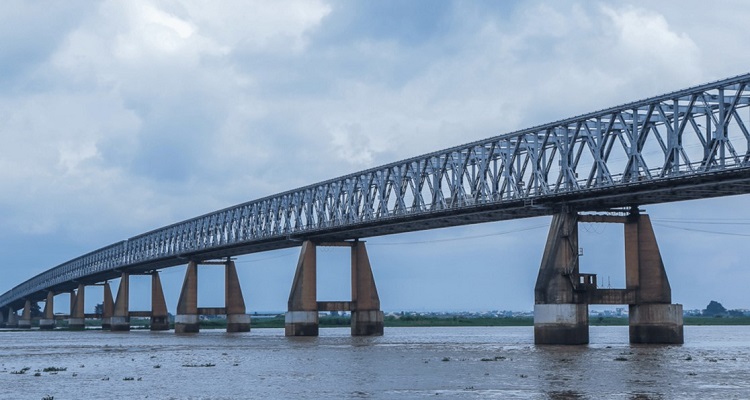
The Niger Bridge in Nigeria spans 1.6 kilometers, connecting the southeastern and southwestern regions of the country. This iconic bridge, officially named the “Dr. Nnamdi Azikiwe Bridge,” is a testament to Nigeria’s engineering prowess. The bridge plays a pivotal role in enhancing interaction between these two vital regions.
The Nelson Mandela Bridge – Johannesburg, South Africa
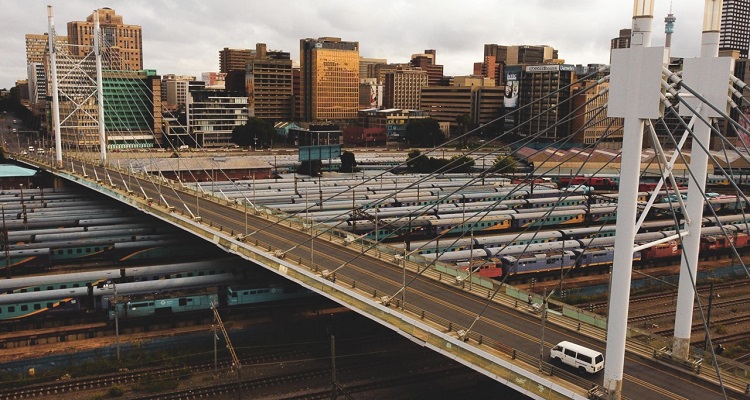
The Nelson Mandela Bridge in Johannesburg, South Africa, measures 1.1 kilometers. This iconic bridge serves as a symbol of unity and reconciliation. It also plays a crucial role in easing traffic congestion in the city center. It is the fourth of five bridges that cross the railway lines and sidings located just west of Johannesburg Park Station. The first is the Johan Rissik Bridge adjacent to the station. It was completed in 2003 and cost R38 million.
Conclusion
These impressive bridges across Africa are not just concrete and steel structures; they are conduits of progress and development. From enhancing urban connectivity to boosting trade and tourism, these long bridges have played pivotal roles in shaping their respective regions. As Africa continues to grow and evolve, these engineering marvels will undoubtedly remain integral to the continent’s journey toward a more connected future.





0 Comments